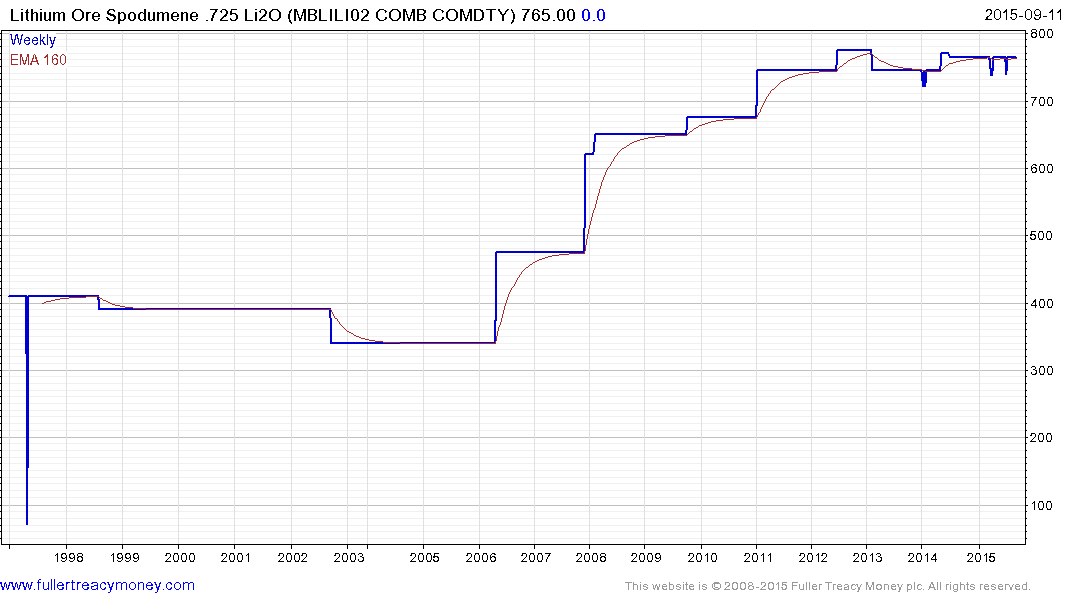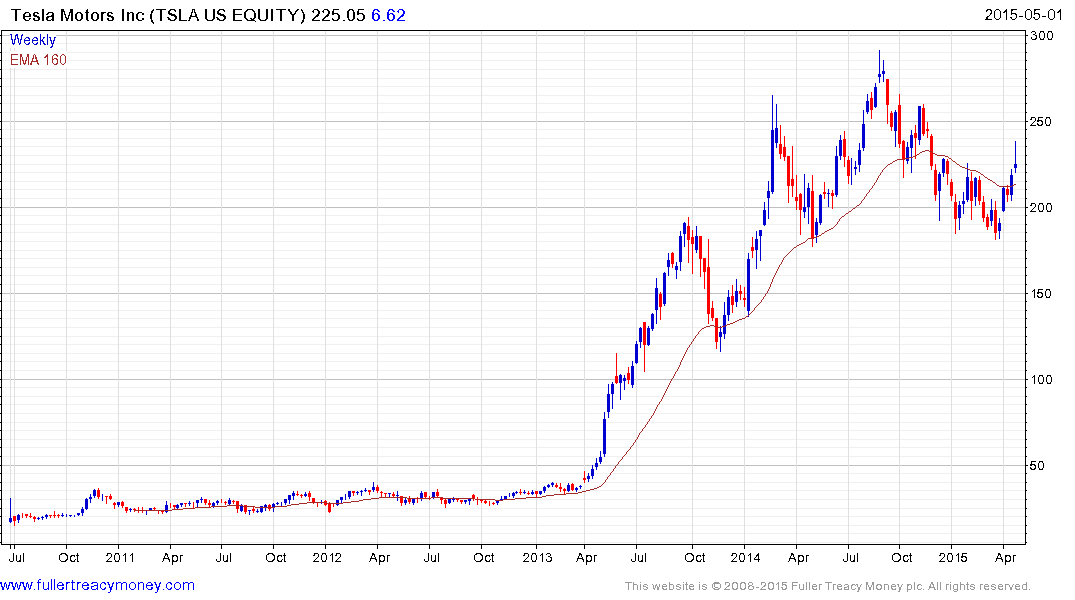Nuclear power could see its biggest expansion in decades, leading to increased demand for uranium
This article from MarketWatch may be of interest. Here is a section:
Eoin Treacy's view -"Growing interest in nuclear Energy is being seen around the world," said Freebairn, noting this his company has been highlighting events in Eastern Europe and North America.
For now, nuclear power provides around 10% of the world's electricity, according to the International Energy Agency.
It comes from roughly 440 reactors in 31 countries with about 390 gigawatt electrical (GWe) capacity, according to UxC's Hinze. If total power demand grows by 2% to 3% as agencies like the IEA predicts over the next 10 to 20 years, and nuclear power keeps it share of the total in the 8% to 10% range, then Hinze expects nuclear power should reach at least 500 GWe by 2040 and as high as 550 GWe.
That would represent a roughly 40% growth over the current market size, he said.
There are potential downside risks to nuclear power growth, including competition from fossil fuels and renewables, but since nuclear power is "already not a huge share of the market, it would make sense that its growth can continue regardless of how the other Energy fuels fare," Hinze said.
The uranium price war is over. Kazakhstan flooded the market with supply between 2011 and 2016. That forced several smaller miners out of business. Even Cameco closed mines and supplied long-term contracts by buying spot on the open market. The introduction of the Sprott Uranium ETF helped to soak up available supply and was instrumental in setting up the conditions for the current recovery.
This section continues in the Subscriber's Area. Back to top




